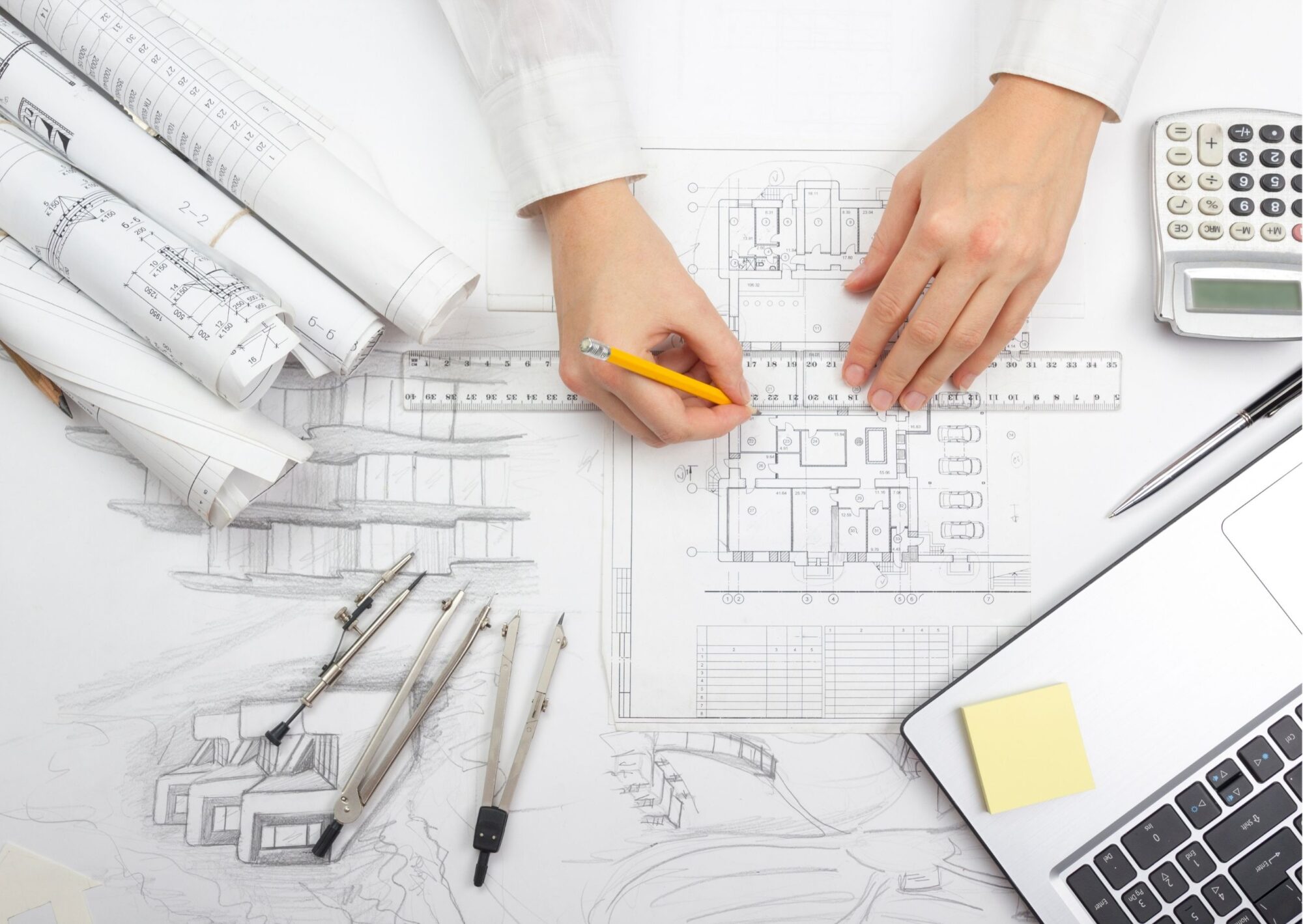Loading...

Durability and energy efficiency are the cornerstone of creating a sustainable built environment. We are all aware that our successful future as a planet is focussed on the concerns of climate change. Because of this architects, planners, developers, and private contractors are focussed on the construction of durable buildings – buildings that off-set their initial construction costs to the environment over time.
Durable building are constructed from materials with a long-life span that are also that are produced in a sustainable and energy efficient production process. This enables the environmental impact and the cost of construction to be off set over a longer time. In turn this results in greater cost efficiencies for the build itself and a reduced impact on the environment.
If we can double the life of a building, we halve the environmental impact of construction and the processing of raw materials. The longer the life cycle of each building the less the environmental impact of the raw materials and the energy used in the production process. Effectively the long-life cycle enjoyed by a durable building offsets the environmental impact over time.
The environmental benefit gained by utilising durable materials is further impacted if we can add a product that requires very low maintenance. Materials that do not need to be replaced and repaired regularly contribute to a building’s durability.
Durability is a materials resistance to degradation over time through decomposition or erosion. Durable building materials have long life spans, are weatherproof, and requite low maintenance.
Choosing durable finishes to a structure adds to the overall environmental impact of a building. One of the most durable architectural cladding solutions available is vitreous enamel cladding. It is favoured by architects and construction companies who are seeking to maximise the life cycle cost of construction with a long-term cladding solution.
Vitreous enamel is created by fusing powered glass to a substrate. For vitreous enamel architectural cladding and vitreous enamel signs the substrate is stainless steel. The material is fired at very high temperatures melting the glass which then hardens to a durable and smooth glassy surface.. The word “vitreous” drives from the Latin “vitreum”, which means glass. It’s the glass that enables creative freedom enabling custom designs and a wide range of colours to be used on vitreous enamel products.
The surface of vitreous enamel cladding is low static which prevents dust for adhering to it. This factor alone helps with low maintenance as it does not require constant cleaning. Added to this the extreme durability of vitreous enamel as a material means that it is weatherproof in all extremes of climate. In very sunny conditions the colours will not fade and will remain colour fast for the around 25 years in most conditions. In extreme cold climates vitreous enamel does not expand or shrink and it will not shatter when frozen and thawed repeatedly.
Back to NewsWe’re more than happy to talk about your sign or cladding project - just fill in this form and our team will be in touch.